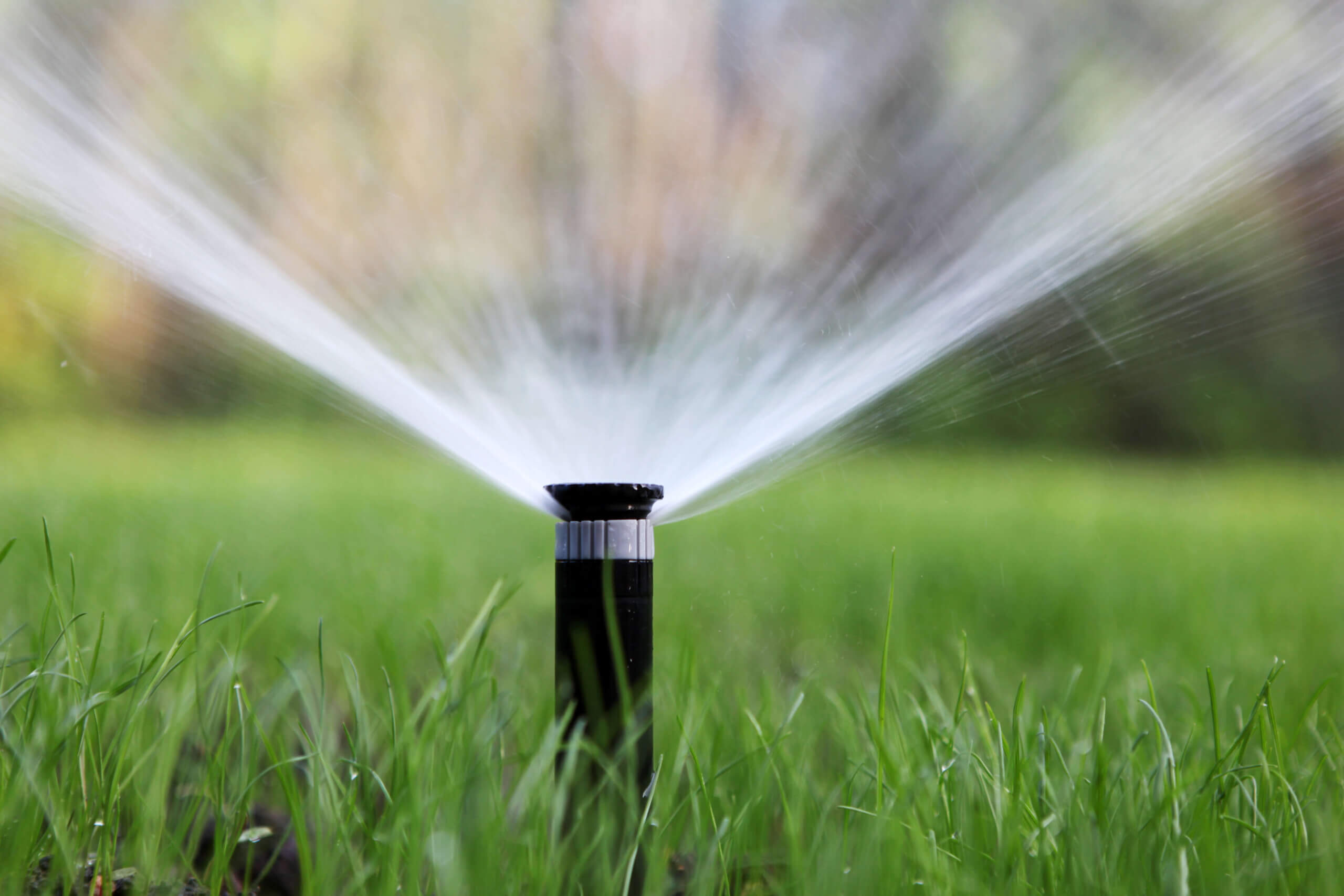
Winter Watering – Keeping Your Florida Lawn Looking Great All Year Long
During winter in Florida, you won’t need to water your lawn as frequently as in the warmer months of summer, but that doesn’t mean that your grass doesn’t still need some attention. If you want it to stay as lush and green as possible when summer rolls around again, you’ll still need to keep up with watering, mowing and other garden chores, albeit less often than in other times of the year. Read on for everything you need to know about watering your Florida lawn in the winter.
Why Lawn Care Is Easier in Winter
When the temperature drops, grasses and many other plants don’t require as much water as they do during the summer. While plants bring in water through their root structure, they also lose it through evaporation and transpiration. When the weather is cold, water doesn’t evaporate nearly as quickly, enabling the grass to retain it longer. The grass’s growth rate also slows in the winter. Some species of grass, like St. Augustine, Bahia and Bermuda, enter a dormant state during the winter, essentially halting growth until the weather warms up again in the spring.
The Perils of Over-Watering or Under-Watering
Because your grass has different hydration needs in the winter, you’ll need to adjust the settings on your sprinkler system. If you leave everything as it is, you’ll run the risk of over-watering your lawn. Grass is unable to effectively use large quantities of water at once, and the excess water stays in the soil. The water pushes oxygen out of the soil to make room, causing the roots to suffocate. If you frequently over-water your lawn, you’ll wind up with grass with a very shallow root structure. This puts a lot of stress on your lawn and makes it more susceptible to disease, discoloration and pest infestation.
If you swing in the opposite direction and stop watering your lawn entirely, it will eventually start to discolor due to the lack of hydration, turning from green to brown and eventually to gray. Once this occurs, you won’t be able to revive this section of your lawn and will instead need to replant it. Even if your lawn is only slightly under-watered, its blades can become brittle, and they’ll no longer spring back into place after you walk on them. The overall growth rate will slow as well.
Watering Your Florida Lawn Correctly in Winter
The specific winter watering schedule you’ll need to follow will depend on a number of factors, including the type of grass, depth of the root system, the composition of your soil, the ambient temperature and more. However, a general rule of thumb is to give your lawn about an inch of water per week. For most lawns, you’ll need to water about once a week during the winter.
Rather than following a set schedule, the best way to manage winter watering is to simply monitor the condition of your grass. If you notice that the blades are starting to bend and don’t bounce back when you step on them, it’s likely time to water. Similarly, if the color is starting to lighten, give your lawn a bit of a refresh with the sprinklers. After watering, watch for these signs to return again over time. After a few rounds, you should have a good sense of how frequently you’ll need to water your lawn in the winter.
Bring Your Lawn Back to Its Former Glory
If past years of incorrectly watering your lawn in the winter have left it sparse and dry, it may be time to install new sod. Once this new grass takes root, you’ll have a lush, green lawn just in time for the summer. Our team of experts will work with you to develop a plan for breathing new life into your lawn. Now is the perfect time of the year to get started. The warmer weather is right around the corner, so your new sod will be able to start growing almost immediately.
Reach out to us today to learn more about our services and how we can help you achieve the lawn of your dreams. Call now to get started!